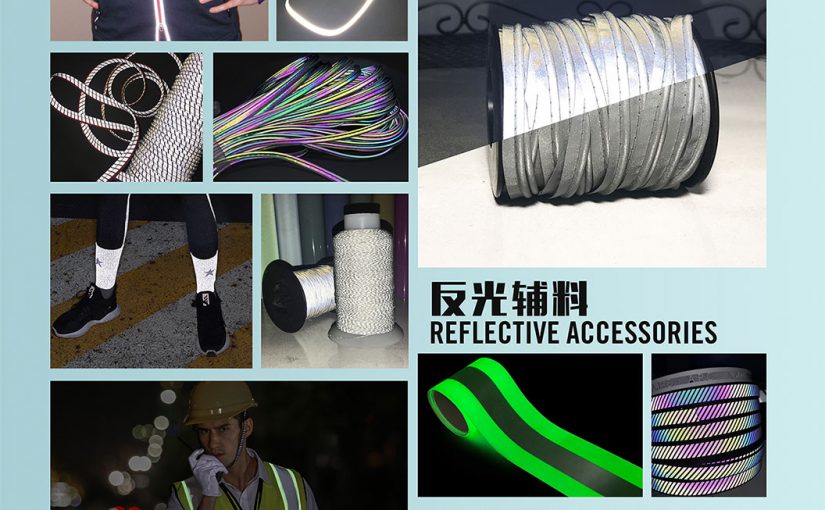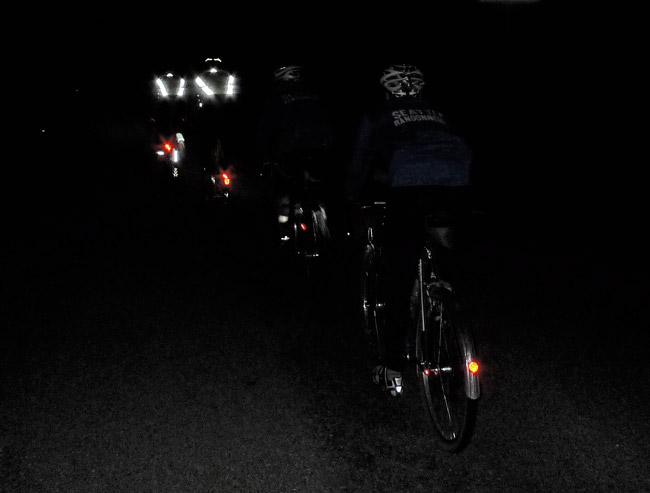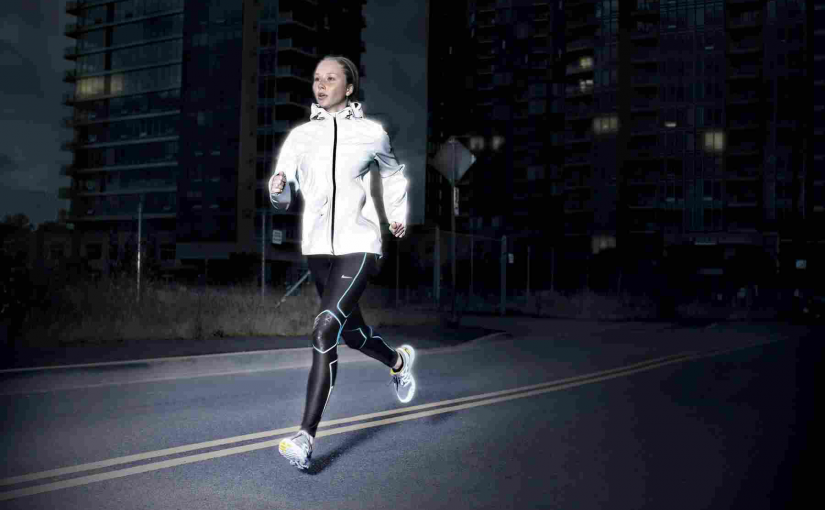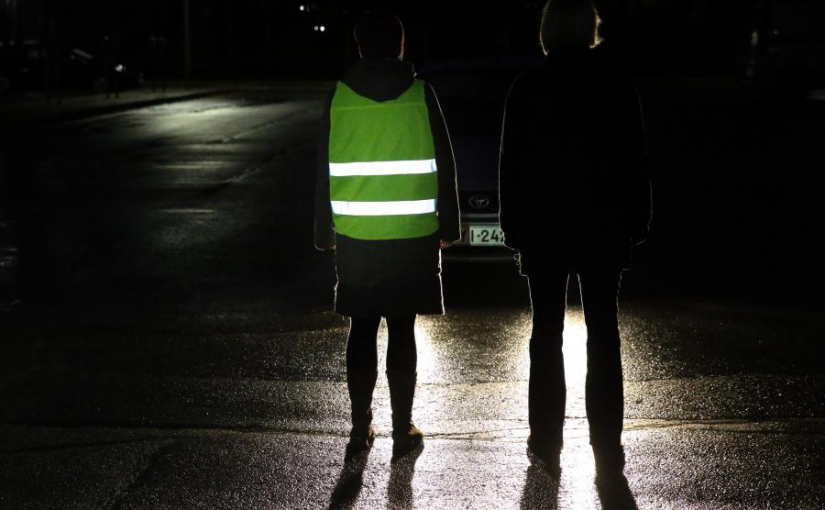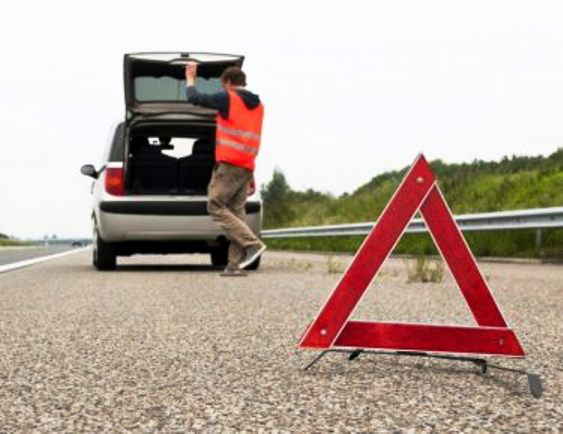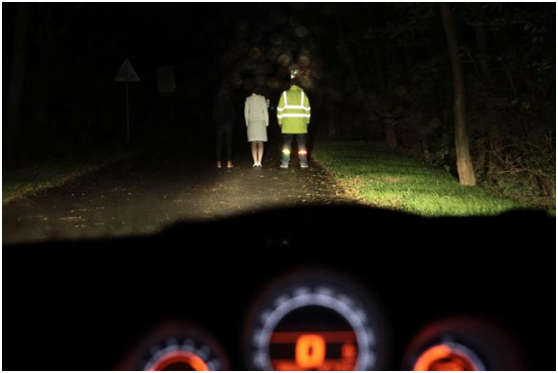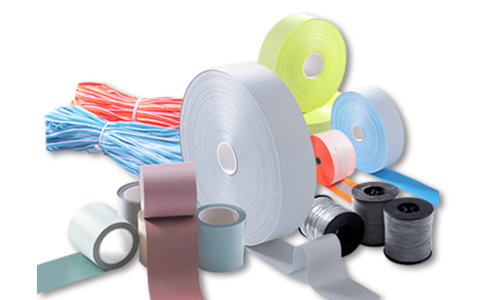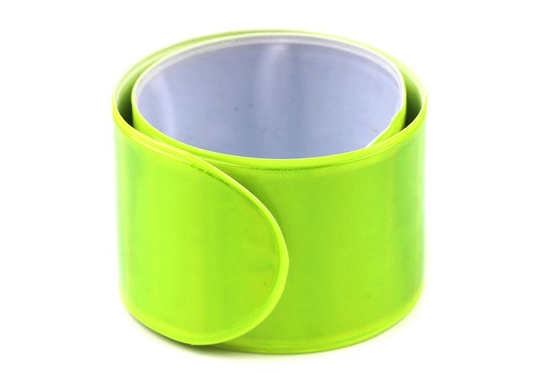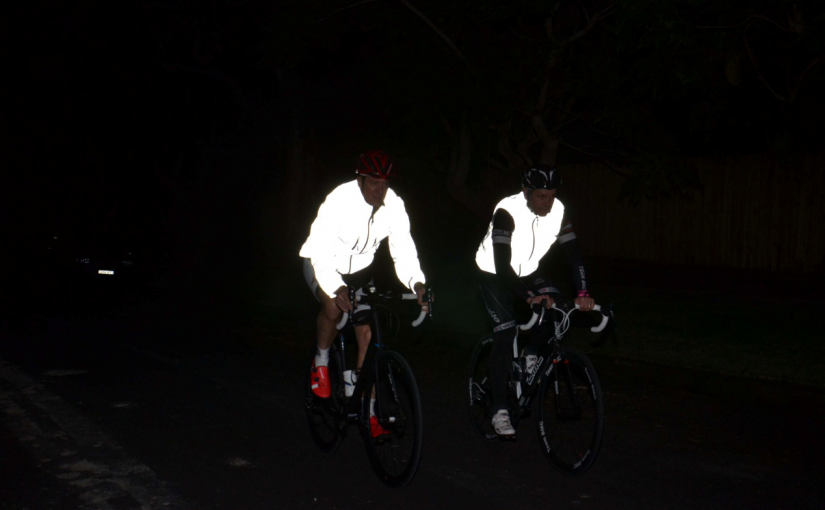Chinastars reflective fabric tape is a specialized product primarily designed for seam-sealing applications. This innovative tape is widely used in the textile and garment industry to enhance the visibility and safety of various clothing and accessories.
The main application of Chinastars reflective fabric is in the manufacturing of high-visibility clothing and personal protective equipment (PPE). During the garment production process, this tape is carefully stitched into the seams of vests, jackets, raincoats, and other safety apparel. By incorporating the reflective tape into the garment’s design, the clothing becomes highly visible in low-light conditions, such as during nighttime or in poorly lit environments.
One of the key advantages of using Chinastars reflective stripe for seam sealing is its durability and washability. Certified to EN 20471, ANSI 107, AS/NZS 1906, CSA-Z96. The tape is resistant to regular washing and wear, ensuring that the reflective properties remain intact throughout the life of the garment. This reliability is essential in maintaining the safety features of high-visibility clothing, especially for workers in construction, road maintenance, and other industries where visibility is critical for their safety.
The reflective fabric tape also finds applications in other textile and accessory items. It is commonly used in the creation of bags, backpacks, hats, and shoes, adding an extra layer of visibility and safety for users during low-light conditions.
Chinastars Reflective takes pride in producing this fabric tape with precision and high-quality materials. The silver reflective coating used in the tape offers exceptional reflectivity, ensuring that light sources such as headlights or flashlights are efficiently reflected back to the source.
In summary, Chinastars reflective fabric tape is primarily utilized for seam sealing in the garment and textile industry. By incorporating this tape into high-visibility clothing and accessories, manufacturers can create products that significantly improve visibility, making them essential for safety-conscious industries and individuals who require enhanced visibility in low-light environments. Its durability, washability, and exceptional reflectivity make it a reliable choice for seam-sealing applications, contributing to safer work environments and outdoor activities.
